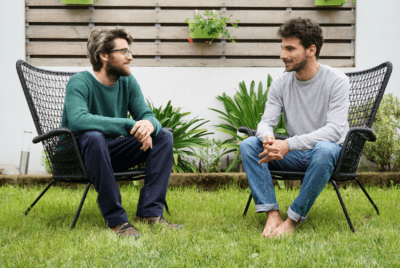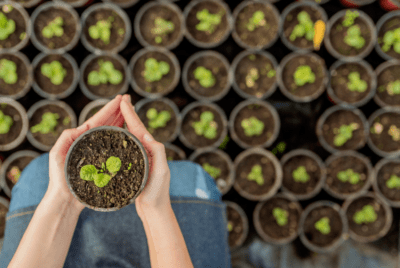RESEARCH
Horticultural Therapy for the Treatment of Aphasia
Summary
This article explores how horticultural therapy—using gardening and plant-based activities to support healing—can be integrated into landscape design to improve people’s physical and mental well-being. The authors describe how this form of therapy is already widely used in the U.S., Europe, and Asia, often in hospitals, care centers, and rehabilitation programs. Horticultural therapy involves more than just gardening; it includes planned, hands-on activities designed by trained professionals to help people recover from injury, reduce stress, and build confidence. It can also improve memory, language, physical strength, and social skills.
The paper provides practical guidelines for designing therapeutic gardens. These include creating wide, smooth paths for wheelchair users, selecting safe and low-allergy plants, and including features that stimulate the senses all year round. The gardens should be easy to navigate, feel welcoming, and offer both quiet and interactive spaces depending on users’ needs. Overall, the authors emphasize that these gardens must be tailored to all ages and health conditions to be truly healing and inclusive.







